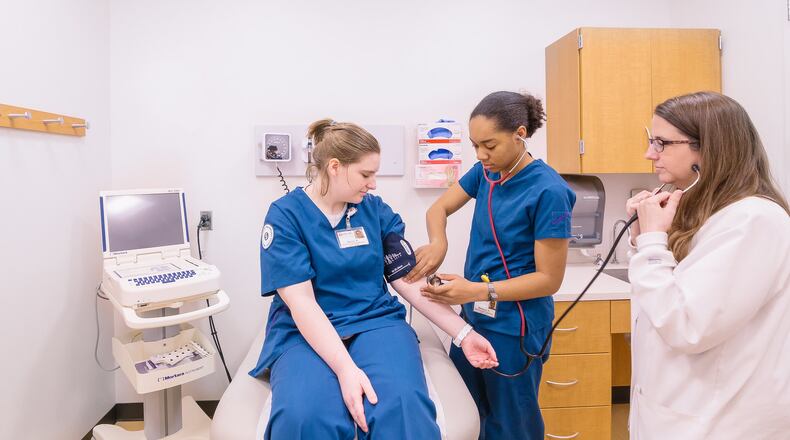Steve Johnson, president of Sinclair College said that students are well-prepared to handle the pandemic.
“Our graduates are prepared, wiling and read to fight on the front lines. They’ve received top notch hands-on-training for this, working alongside some of the best medical professionals recognized locally and nationally,” he said.
Coronavirus: Complete Coverage
Charde Cowan, a respiratory therapist student at Sinclair who is graduating in May, said she is looking forward to graduating and getting to help people. She said she appreciated the education she got from the college.
“My experience at Sinclair has been nothing short of awesome,” she said. “I look forward to graduating this May and I know that no matter what, I am meant to be in the health care field, whether there’s a pandemic or not. This is the job I chose. Although it’s scary, it’s not going to stop me from doing what I feel like I’m meant to do and that is going out there and saving lives.”
A study by NursingExplorer.com ranked Sinclair’s nursing program as number one out of 107 schools in Ohio. The study looked at data from the US Department of Education, States Board of Nursing, Commission on Collegiate Nursing Education and Accreditation Commission for Education in Nursing.
About the Author
